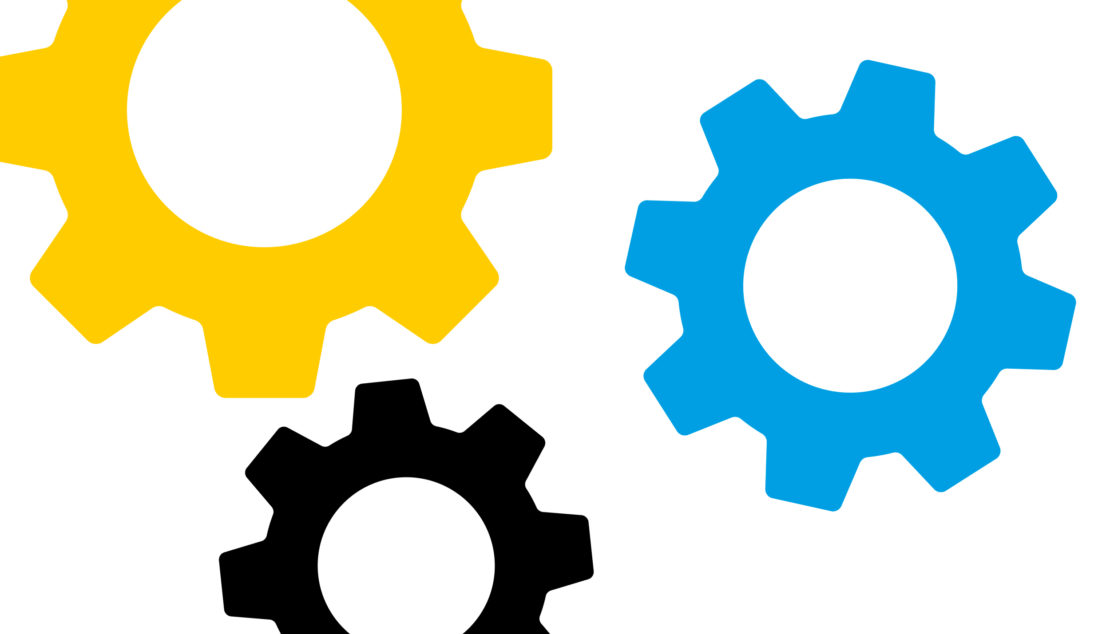
Here comes everybody: participatory budgeting, explained
How much say do you have over how your town council or local authority spends money? Do you get a choice over whether to spend more on repairing those pesky potholes or maybe prioritise the refurbishment of a local playground instead? Right now, the answer depends on where you live.
Most of us get very little chance to influence exactly how local budgets are spent but in some areas local authorities are jumping on board with the idea of 'participatory budgeting'. This a process that allows local people to decide how a defined part of a public budget is spent.
Most commonly it is an element in a municipal or regional capital investment budget, but it may also be funds that are ring-fenced for transport, or health, or any other area in which budget-holders want to give local citizens a greater say.

Hold on, have I heard of this before?
Quite possibly. Participatory budgeting itself is not a new idea. Its roots can be traced back to 1980s Brazil, where the city of Porto Alegre was the first to fully implement the idea. Following its success, the model spread across Latin America and the rest of the world. Thousands of participatory budgeting projects have been conducted since, from China to New Zealand to Scotland.
Today, there are many variations in terms of how exactly participatory budgeting is done but the core principles remain the same. Like many of the best ideas, the process itself is pretty simple at its heart. It works on the idea that local people often have far better knowledge and expertise about their needs and ideas about how to meet them than anyone else. The key is to tap into that knowledge and give people the chance to work together to agree on their local priorities for investment.
Citizens work closely with the organisers of the process (city council, etc) to crowdsource ideas, develop them into fuller proposals that have been checked for technical and cost feasibility, and then finally vote on which should be funded. The very best participatory budgeting processes continue to involve local people in the implementation of the winning projects.
Local people often have far better knowledge and expertise about their needs and ideas about how to meet them than anyone else
What's new?
The last few years have seen a revived wave of enthusiasm for participatory budgeting, with major cities like Paris, Barcelona, and Reykjavík (to name but a few) all launching new programmes. In most places, participatory budgeting is being supported by a host of new digital tools and platforms – it's now far easier for everyone to see the ideas and proposals, to comment on them and to find people who want to collaborate on developing similar ideas. When several thousand ideas are proposed, people can easily sort by location, type of project, or keyword; for example, to identify those which matter most to them.

But what about the digital divide?
Indeed. When we are talking about how public money is spent, it is essential that we don't put in place a system that allows those who are technologically savvy or the better educated, or already mobilised groups to dominate.
The very best participatory budgeting processes are those which blend online with offline. In Paris, for example, the web resources are supplemented with lots of local meetings where people can meet to suggest and develop ideas, and both civil society organisations and civil servants are involved in supporting people to participate offline. Indeed in 2016, of almost 159,000 votes cast in the Parisian process, only 60 per cent were online.
Sign up to our newsletter
Paris has also taken other steps to make sure that it isn't simply those who shout loudest who get all the money. In 2016, of the overall €100m allocated to participatory budgeting, €10m was reserved for projects in schools and colleges, conceived and voted on by children and young people themselves. A further €30m was dedicated to projects in deprived areas to try and increase both the representativeness of participation and to encourage projects which tackle more complex social issues.
This all sounds lovely, but what difference is it making?
Well, at the simplest level, it means that people in local communities are now having money spent on projects and in areas that civil servants may never previously have considered or prioritised. Many of the major programmes in Europe are too new for us to confidently say what impact those projects will have on people's quality of life; but if we look back to Brazil, where it all started, the World Bank concluded that it had a significant positive impact on things like access to clean drinking water and schools.
However, faced with turbulent political times, it is clearly too soon to say how much impact participatory budgeting can have on vexed issues, such as how much trust people have in democratic institutions and representatives.

What's the future?
2017 looks set to be a big year for participatory budgeting, not least because Portugal has just announced that it is to launch the world's first attempt at doing it on a national scale. To be fair, they are starting relatively small with just €3m allocated to it. But the ambition is there to make it accessible to every resident of the country, with plans for voting on proposals to be made available at ATM machines.
It represents a significant step on the part of the government to get a better understanding of what its citizens want.
In the UK, efforts are being led by the Scottish government to support local authorities in getting to grips with digital tools for participatory budgeting, as well as pots of funding to help with the roll-out, particularly in more deprived communities. And, in what will be music to the ears of the research geeks among us, they are also funding a two-year evaluation to see what impact it has.